All about the flugelhorn musical instrument
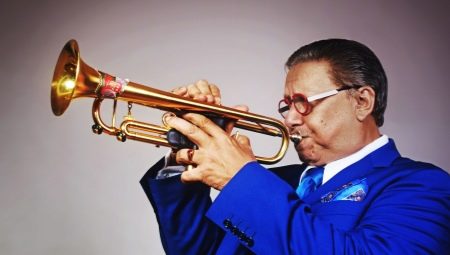
In this article, everything is written about the flugelhorn musical instrument, about what kind of wind component of the orchestra is. The concepts of mute and mouthpiece for flugelhorn are characterized. It is clearly stated where it is applied and how it sounds specifically.
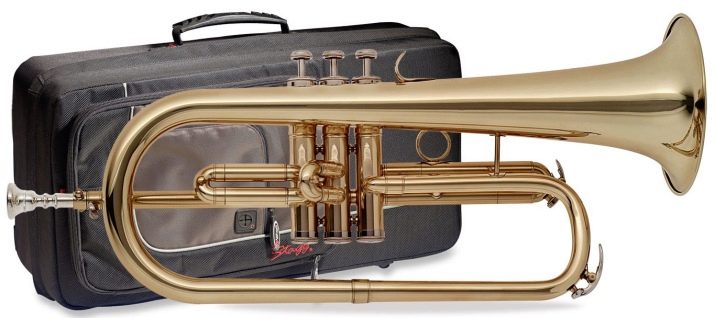
What it is?
In the classification existing today, the flugelhorn belongs to the category of wind musical instruments. It is made of copper. A characteristic feature is the equipment with so-called valves. The very name of the instrument is formed by the German words "wing" and "horn". It is customary to classify it as a saxhorn.
Outwardly, the flugelhorn looks more like a cornet or a trumpet. It is distinguished from the cornet-a-piston by an extended scale. The bore is tapered. Remarkably, the barrel extends directly from the mouthpiece segment of the tube. 3 or 4 case valves are used; flugelhorn is mainly used by trumpeters to play specific sections of songs.
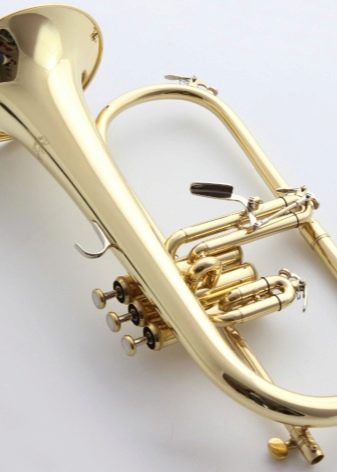
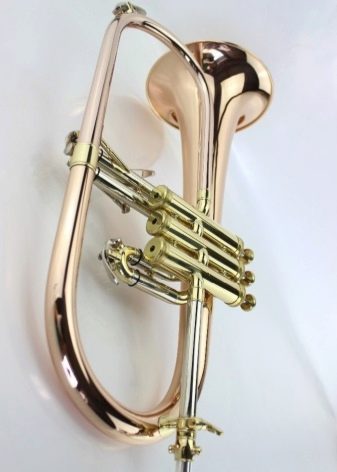
There is no significant, fundamental difference between a pipe and a flugelhorn. But still, the specificity is present, and it concerns the mouthpiece. It has a slightly different size than usual. Important: those mouthpieces that are good on simple pipes will not work on a flugelhorn - and vice versa.
There are no universal recommendations for size, but a slightly increased size allows you to control the tool more accurately - however, you still have to try.
Some of the mouthpieces have an extra deep cup. Outwardly, it is close to the letter U. Such a device will help to reveal all the advantages of the instrument. However, the laboriousness of publishing high notes is too great. If this is scary, use a tool with a shallower cup - true, and then it will be larger than that of the pipe; connoisseurs must check the scale of the instrument by the tuner.
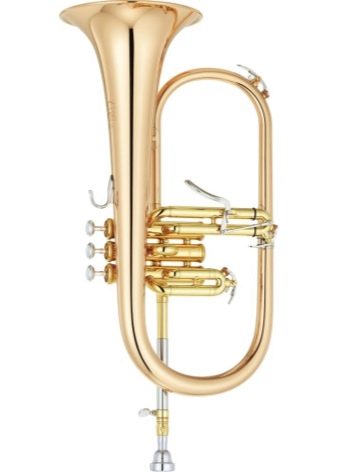
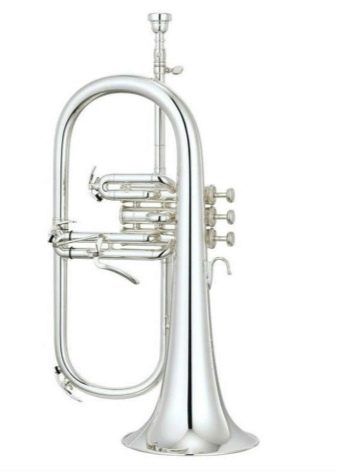
It is customary to call a mute a blank. For its manufacture, metal, cardboard, and wood are used. When this part is inserted into the socket, it overlaps. There remains only a small area for the passage of air. Of course, this directly affects the volume and timbre of the sound.
History of appearance
It is generally accepted that such a tool was developed for military needs. Or rather, for the sound transmission of commands to the flanks of active armies. There are more specific mentions that the flugelhorn was created in the mid-1820s in Austria. It was made by improving a simple post horn, the capabilities of which were completely inadequate for the troops.
In the middle of the 19th century, the flugelhorn was once again modernized.
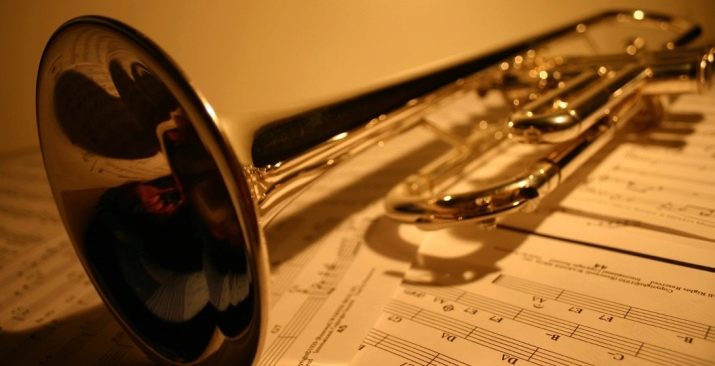
At that time, a special role in the new stage in the development of the instrument was played by V. F Cherveny, a Czech master (then, of course, he lived in the Austrian Empire). As a result of his efforts, relatively minor structural changes have appeared. However, in terms of using the flugelhorn, they were much more expressive. It became possible to use it not for military needs, but as part of an orchestra. It is worth noting that about the same time the Italian branch appeared - flicorno; it was originally designed for use in a symphony orchestra.
How does it sound?
Good flugelhorn sound:
- extremely free;
- handsome;
- seems to be collected and at the same time wide;
- it has an impeccably chosen intonation;
- creates a warm and matte effect;
- close to the French horn (this is noted by both amateurs and professionals).
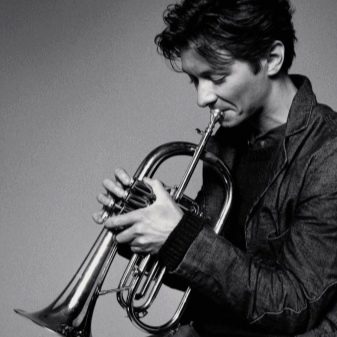
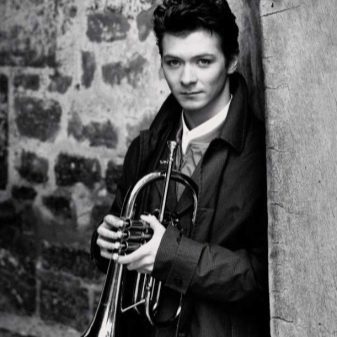
Where is it applied?
Flugelhorns have become a regular part of the jazz ensemble. Sometimes they are also used as part of a symphony orchestra. This instrument more naturally and organically reproduces Tchaikovsky's "Neapolitan Song" in comparison with the cornet. Nevertheless, the main part of flugelhorns became an attribute of brass bands.
Their main function is to perform the two parts of the upper voice; side - playing in the highest register in the third octave.
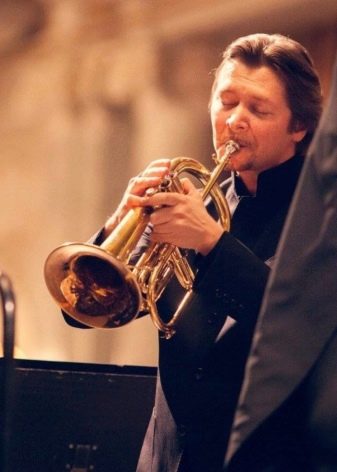
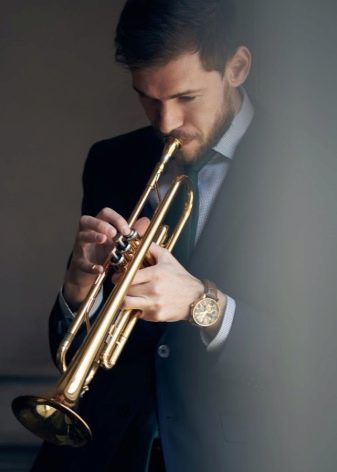
The aforementioned use of the flugelhorn in symphonic performance is the exception rather than the rule. The reason for this is the relatively low sonic capabilities. But jazzmen appreciate the improvisational ability of this instrument. In European countries, it is much more common than in the New World. And in Italy, in addition to flicorno, there are 3 more rare subspecies of flugelhorn.
With its help, they perform not only the "Neapolitan Song", but also:
- The Ring of the Nibelung;
- Fireworks Music;
- overture to "Rob Roy";
- The Thief Magpie by Rossini.
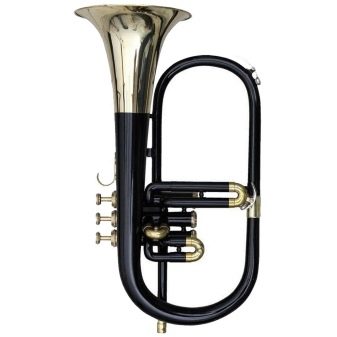
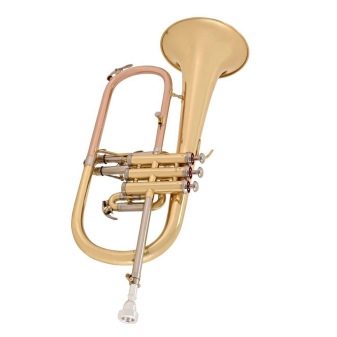
Trumpeters of jazz orchestras speak equally positively of the flugelhorn. They believe that its sound is close to the timbre of the French horn. Exceptional mastery of this instrument is characteristic of the famous trumpeter and at the same time composer Tom Harrell. Donald Byrd also achieved tremendous success in this matter.
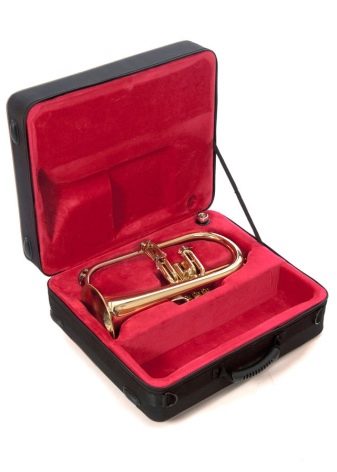
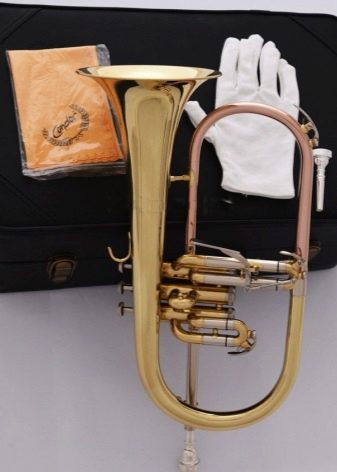
Flugelhorns are mass-produced by many companies. Most of them are sold under the Yamaha brand. This kind of instrument is used by the St. Petersburg Horn Orchestra. Of the 20 musicians in the orchestra, two differ especially in their respective musical parts. Undoubtedly, the flugelhorn has new successes and new grateful audiences ahead.








